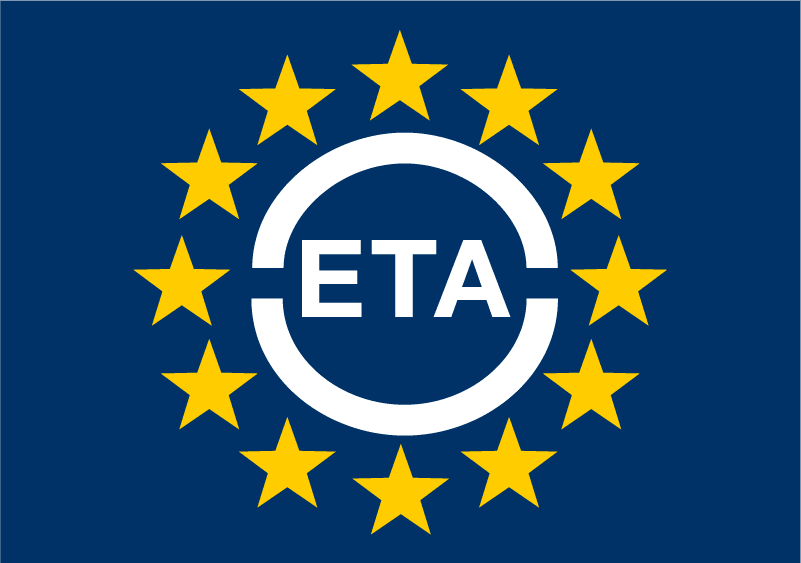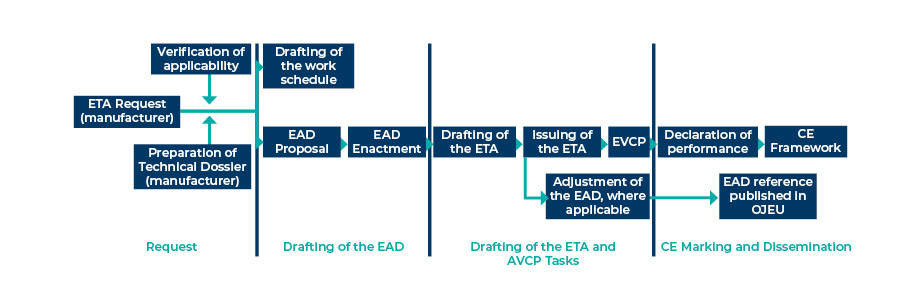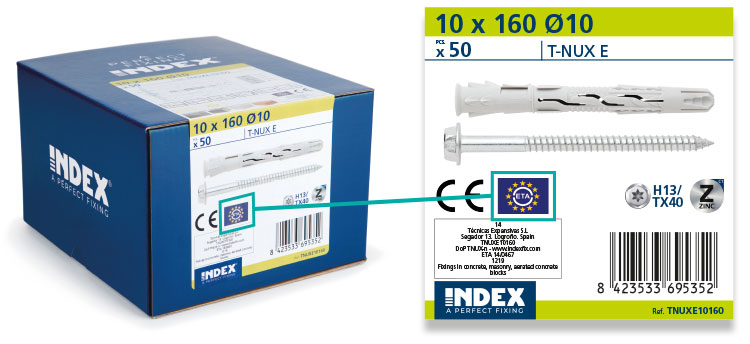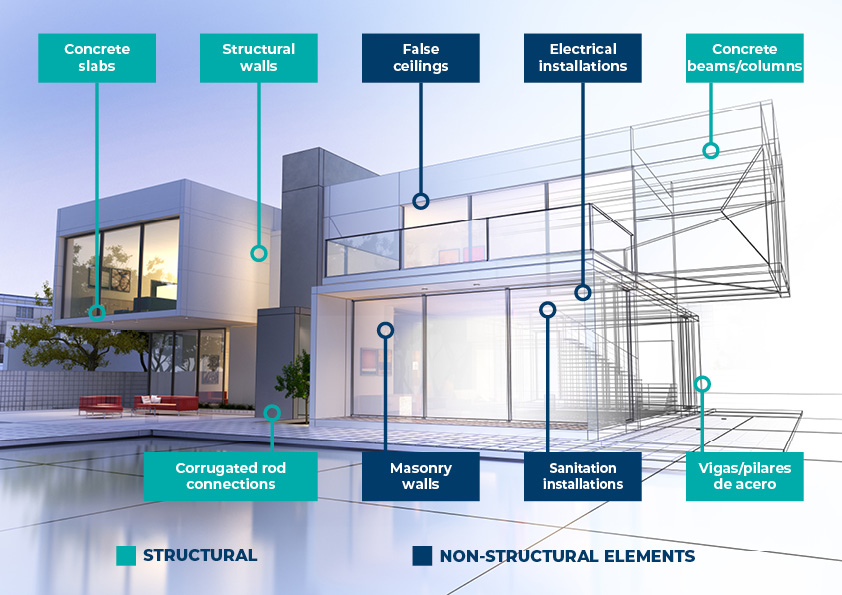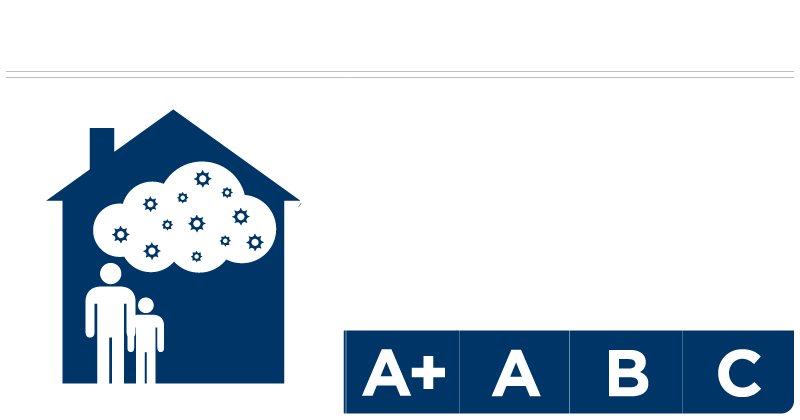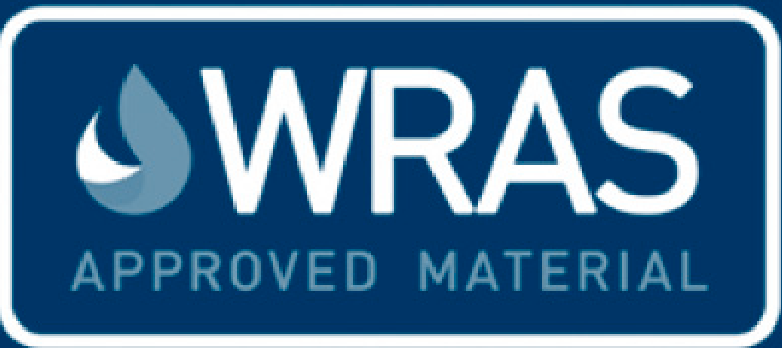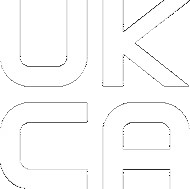A PERFECT FIXING FOR YOUR BUSINESS
-

-

-

-

-

-

-

-

-

-

-

-

-

-

-

-

-

-

-

-

-

-

-

-

-

-

-

-

-

-

-


Products
Sectors
Solutions
Services
DOWNLOADS AND CATALOGUES
Digital services
INDUSTRY DATABASE
ENGINEERING AND TECHNICAL SUPPORT
INDEX SPACE STUDIO
NEW AND HIGHLIGHTED PRODUCTS
VIDEOS
FIND DISTRIBUTOR
Company
Menu
Metal fixings Chemical fixings Plastic fixings Fixings and accessories for thermal insulation systems (ETICS) Fixings & accesories for plasterboard Rivets Rigging hardware Fixings & accesories for Drywall Direct fixing Screws for decking and façades Drill, tapping and PVC screws Wood screws Nails and bolts Wood connectors Standardized nuts and bolts Plugs, tips and accessories Heavy metal clamps Light metal clamps Fire protection systems Gutter supports Plastic clamps Profiles and supports Installation systems and fixings for solar panels Quick beam attachament system Threaded rod and fixing accesories Bathroom and air conditioning fixings DIY

